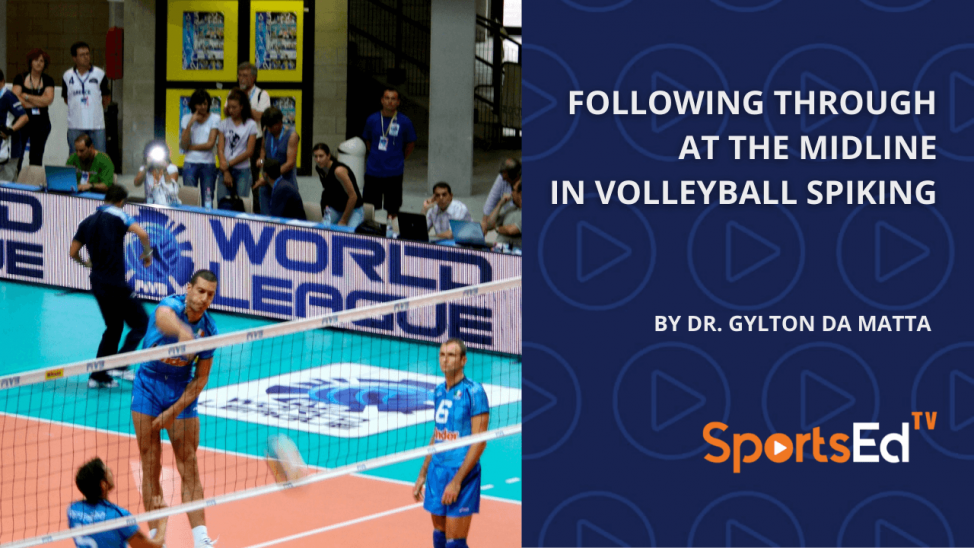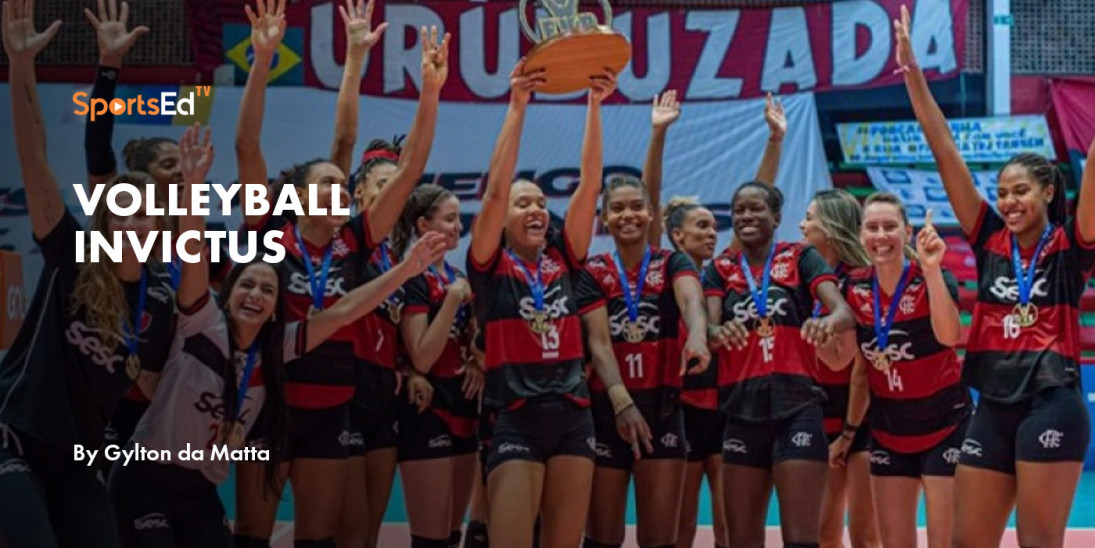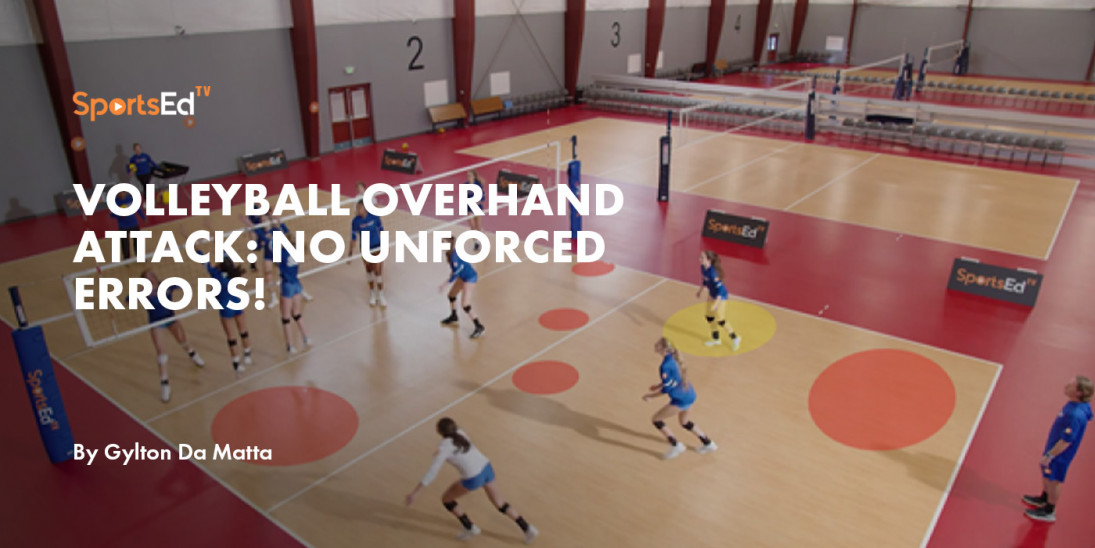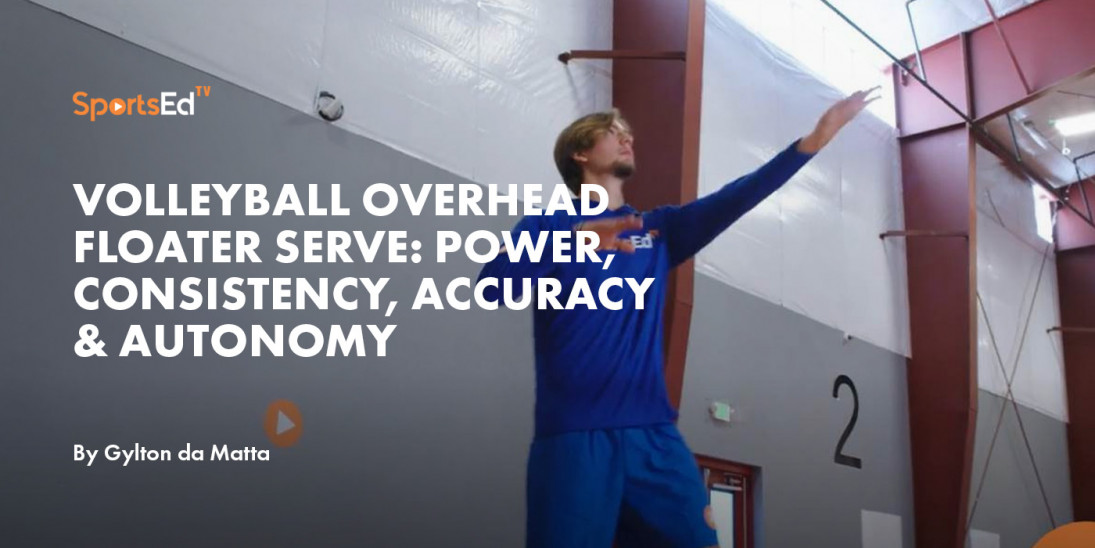Volleyball
Welcome and thanks for visiting...

What Is The Best Serve in Volleyball?
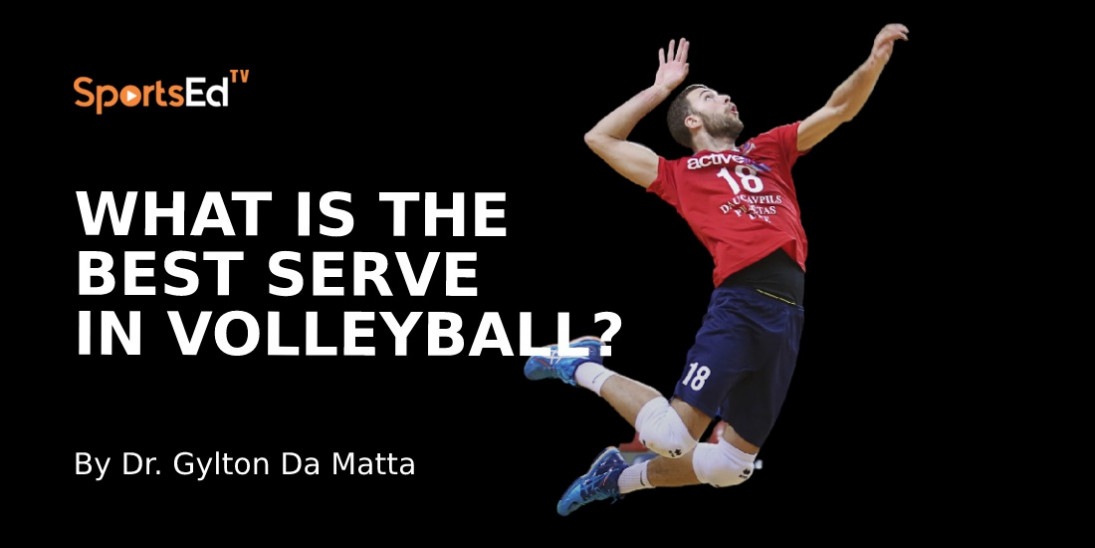
In all net sports, serving represents an individual challenge and an opportunity to score a point. In a team-oriented sport like volleyball, serving is the only moment that the player has full control over the object. Although the implicit importance of serving disguises the many tactical possibilities, one might, intelligently asks: What is the best serve in volleyball? That is a very good question!
Depending upon at what level and at what stage of learning you (or your team) are the best serve is the serve that you can execute proficiently, and consistently and you can have fun utilizing it when you play volleyball.
What is a serve in volleyball?
The serve in volleyball is the starting move in each rally and is crucial in determining the outcome of the play. It is the act of hitting the ball over the net into the opponent's court, starting the rally. The serve is an opportunity for a player to begin the rally with an advantage by making a powerful or well-placed shot that is difficult for the opposition to return. A successful serve requires good hand-eye coordination, timing, ball control, and an understanding of various serving techniques, including floating, topspin, jump, slice, underhand, and overhand serves. It is a key aspect of the game and can greatly impact the outcome of a match.
Underhand serve
A serve in which the ball is contacted overhead with speed and power is often used to serve the ball into the opponent's back row. The underhand serve is a simple serve that can be performed aggressively and accurately at specific targets. Tactically it can be adopted at elementary schools, middle schools, and at recreational leagues.
Overhead topspin
A serve in which the ball is hit with a forward rotation causing it to drop quickly. The overhead topspin is an aggressive serve that resembles the Tennis top spin concept.
Ground Floater
A type of serve in which the ball is made to spin, resulting in an unpredictable trajectory, making it difficult for the receiver to handle. The ground floater is a type of serve that requires finesse at the contact so a floatation effect is achieved.
Jump Floater
The Jump floater requires a great jump ability associated with a contact that will also generate a floatation. This is a very aggressive serve when performed one yard (or 1 M) inside of the court.
Jump Top Spin
The Jump Topspin Serve is a type of volleyball serve in which the server jumps and hits the ball with a forward rotation, causing the ball to spin forward and drop quickly. This serve is often used to generate speed and power, making it difficult for the opponent to return the ball effectively. The topspin aspect of the serve means that the ball rotates forward, causing it to drop more quickly and making it harder for the opponent to pass the ball. The jump aspect of the serve allows the server to generate more power and speed, making it a formidable serve in a volleyball match. The Jump top spin was originally adopted in Asia, it became a powerful serve in the 70s and 80s. Today the Jump Top Spin is the most common serve among boys and men’s volleyball.
Hybrid Serve
The Hybrid Serve is a type of volleyball serve that combines elements of different serving styles to create a unique, unpredictable serve. It often combines elements of the jump serve and float serve, using a jumping approach with a wrist snap to produce a serve that floats and moves erratically through the air. The aim of a hybrid serve is to confuse the receiver and make it difficult to predict the trajectory of the ball, thereby increasing the chances of a successful serve. It's considered an advanced serving technique that requires good hand-eye coordination, timing, and ball control to execute effectively. It is the newest tactical variation serve, historically documented and analyzed at the U23 World Championship in Uberlandia, Brazil, by Dr. Da Matta. This serve consists in assuming the posture of performing a top spin and then changing in the air to perform a jump floater. Or vice-versa, the server assumes the posture to elicit serving a jump floater and with the wrist snaps changes in the air and executes a jump topspin at the serve-receivers.
Which Volleyball serve is the best?
Of course, this question could be answered simplistically but for teaching reasons, I would like to discourse through a couple of possibilities to assure that the question is answered thoroughly. To help me address this question, I have called dozens of coaches and volleyball players and asked them: What is the best serve in volleyball? And this is what I got:
The best serve is the serve that goes in the court. By an American High School coach from North Carolina: In my opinion, the best serve is the serve that goes into the court. You will be amazed to see how many players even when given an easy target to serve, how they simply miss their serves. We practice serving at targets and in the game, serves go into the net, and out of bounds and when we have a great rotation of players, we could score lots of points…players jump miss it…I think in my opinion is the serve that goes in! At our level, we use the floater and the jump floater, but I remember when I was a middle school coach sometimes players would get so nervous during the serving execution that I think that I got traumatized: So, I don’t care if the player wants to do the ground serve or the big jump spike serve…just get the serve in and let us play the game. Sometimes players (beginners or top-level) are too nervous or distracted or even just don’t snap their wrists when performing their serves…Gylton, I will send you a link of what I have seen… The worse volleyball serves.
The best serve is the jump floater. By a Japanese Physical Educator, a former top coach in High School in Virginia. Over the years that I coached volleyball, I enjoyed practicing serve and also serve-receive but I was keen on designing practices for service because I learned from my Brazilian friends that if I would serve very aggressively, I could win again any team, even the taller teams than mine. Somehow, I have always preferred the jump floater. I felt that when my players were performing the serve from the ground, they did not feel confident enough, and more frequently their serves get easier by the end of the sets. The jump component of the jump floater was a confidence booster for my players. In my opinion, when the players jump, they stop overthinking and just go for it. I have read that many studies have shown that the jump floater is the most efficient serve across the board at multiple levels. It seems like they take the pressure from their chest and attain some great attitude during matches. Since the adoption of the new rules of volleyball [rally scoring point system], I have attended clinics that highly recommended not missing serves. I truly believe in that! But, I have noticed that there are some major differences from boys to girls and also from how we served in the U.S. as compared to how people serve here in Japan. In Japan, players use the side serve, the roundhouse serve, and also the tennis topspin, …ah… we also do the side spin serve! But, like I said…the best serve for me is the jump floater.
The best serve is the jump top spin (power*). A friend from Argentina who typically coaches boys shared an interesting point of view. “Gyltinho, the Jump Power serve is the best!.” For me, there is nothing more joyful to see a young player to learn how to spike and then learn how to perform the “spike serve “. In the boy’s game, there is a huge psychological statement when you get an ace out of a power serve (jump top spin). I like to practice the big power serves so my serve-receive system is adapted to play against all other teams that use the same serve as we do. But we also do the drop serve and the ground serve. I think that is a no-brainer. The power serve (like you Brazilians do!) is the best! _You know I am an American, right!?... Yeah, yeah…the teams that perform the power serves (Jump Top Spin). The spike serve turns the momentum, puts huge pressure on passers and it just looks so good! Check it out!
After consulting with my colleagues and friends, I decided to check what types of serves exist and then, I asked my friend Ricardo Tabach about this input.
As a result of my research I found the underhand serve, the side serve, the elbow serve, the tennis serve, the side spin overhead serve, the backspin serve, the floater serve, the long floater serve, the close-to-the-line floater serve, the hook serve, the round serve, the sky ball serve (it has many different names across the world), the one-step jump serve, the two hands toss jump serve, the static jump top spin serve (in Beach Volleyball), the two steps jump serve, the one hand power jump serve, the hybrid jump serve topspin into a floater and the hybrid jump serve floater into a topspin. Thinking about how many different types of serves exist I was surprised to see that in competitions people use just the jump floater and the jump topspin, with very few audacious players performing the hybrid serves. In fact, in a later international volleyball coaches clinic held in Portugal, coaches stated that serving from the ground is not longer happening in volleyball competitions since 2019.
But, this is the answer that a top volleyball coach has shared with me…
The best serve in the world is the serve that represents the combined variability of all players of a team. Although we tend to use the top spin serve and we tell our players to serve as hard and as fast as they can, when another player performs a jump floater and another a drop top spin, the impact of the combine variations and/or variability of all serves generates a very positive outcome for our teams. I like to teach two or even three competitive types of serves to all of my players. That means that all of them know how to serve a floater from the ground, a jump floater and a powerful jump topspin either tossing the ball with one or two hands, it does not matter!
Conclusion
To answer the question the best serve worldwide is the jump topspin because it reaches high speeds that are very difficult to pass, but the fast jump floater has proven to be effective and also very consistent. Finally, I have to agree with Prof. Tabach when he shares that having a team where many players can perform a diversity of aggressive serves is very interesting at any level.
Now, as the Technical Director of SportsEdTV, I like the serves that we teach and that we have disseminated for coaches, players and physical educators from all over the world. This set of serves represents the Western array of serving expertise across the spectrum of volleyball levels.

